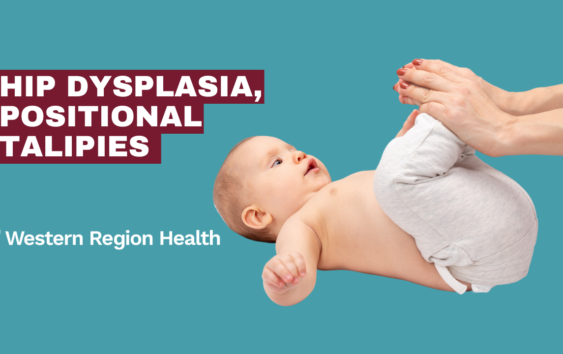General | July 4, 2022
Dry Needling: Is It For Me?
Dr Michael Katiforis-OSTEOPATH-Double Bachelor of Health Science/Applied Science (Osteopathy)
A common question that often gets asked is, what is the difference between acupuncture and dry needling? Both look to treat nerves and muscles. However, the techniques are somewhat different.
So, what is this difference?
Acupuncture involves inserting needles into specific acupoints which look to release natural chemicals like endorphins to create an anti-inflammatory effect on the body. The goal of doing this is to relieve pain by rebalancing Qi, which is the energy that flows through the body.
Dry Needling is a more modern treatment that is implemented by physical therapists to treat skeletal muscle or connective tissue damage, pain or dysfunction. It involves inserting the needles into specific points of pain in the muscles. The goal of this is to release muscle knots, muscle spasms and muscle pain. The needles used are extremely thin, and dry needling is relatively pain free. You may feel a slight twitch response in the muscle that can reproduce a familiar pain or a brief tingling.
What are the benefits of dry needling?
– Promotes faster healing.
– Improves blood circulation and gets more oxygenated blood to the affected area.
– Decreases pain by looking to reduce inflammation and tension in the areas affected.
– Improves joint range of motion once the shortened and contracted muscles have been released.
– Improvements in muscle, tendon strength and function with research showing an increase in muscle thickness after dry needling.
– Works great in conjunction with osteopathic treatment.
If you think you may benefit from dry needling, contact our clinic and speak to one of our qualified practitioners about it.
References
1. Cross KM, McMurray M. DRY NEEDLING INCREASES MUSCLE THICKNESS IN A SUBJECT WITH PERSISTENT MUSCLE DYSFUNCTION: A CASE REPORT. Int J Sports Phys Ther. 2017 Jun;12(3):468-475. PMID: 28593101; PMCID: PMC5455196.


